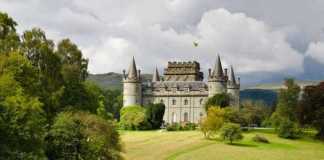Mexico is the largest Spanish-speaking country in the world. It borders the USA to the north with coastlines on the Pacific as well as the Gulf of Mexico and the Caribbean. Its capital, Mexico City is huge and sprawling with the national population approaching 130 million. Several civilisations exited there before the arrival of the Spanish in 1520 with the colonialist remaining for three centuries. As a result, Spanish influence is an important factor in the national culture.
National borders have not always been as they are today. There were periods in history when Mexico controlled areas that are now part of the USA. The Mexican Empire ran California for almost three decades until 1850 and Texas for a period in the first half of those decades. New Mexico, Utah, Nevada and Arizona were all surrendered by Mexico after the war between the USA and Mexico in 1848. So much of the history of South West USA and Mexico is interlinked and today, the USA is Mexico’s most important economic partner. Mexico is seventh on the list of UNESCO World Heritage Sites and its rich cultural and biological heritage has resulted in the country becoming extremely popular with tourists.
The climate is good, the geography fascinating and the cuisine increasingly popular worldwide. Annual statistics show almost 40 million visit Mexico even though there are a number of social issues at play; poverty, crime, drugs and people seeking entry into the USA. Such things are a cause for concern yet numbers continue to visit simply because of the great experiences Mexico can offer.
Contents
What Is Mexico Known For
Top Tours
- Chichen Itza, Cenote and Valladolid All-Inclusive Tour – one of the most popular tours in Mexico!
- Tour to Uxmal, Cenote and Kabah from Merida – ancient wonders and nature.
- Cirque du Soleil® JOYÀ Admission Tickets – a fantastic show.
1- Mayan Landmarks
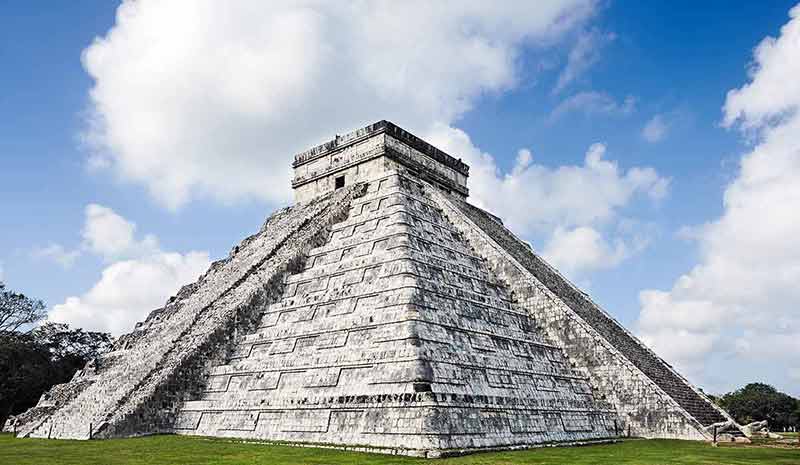
The Mayans were famous both for their ancient temples and their script.
Their civilisation began in the 2nd century BC and continued until the late 17th when they were defeated by the Spanish.
Within Mexico, its demise was in the early 16th century.
The Mayans lived in an area that went beyond modern-day Mexico but within Mexico there are a number of sites which reveal their talents.
The most famous is Chichen Itza in the Yucatan Peninsula.
By 500BC there were several cities with stunning architecture.
Chichen Itza and Uxmal were dominant cities yet they declined in the 11th century, well before the Mayans were finally defeated.
2- The Aztec Empire
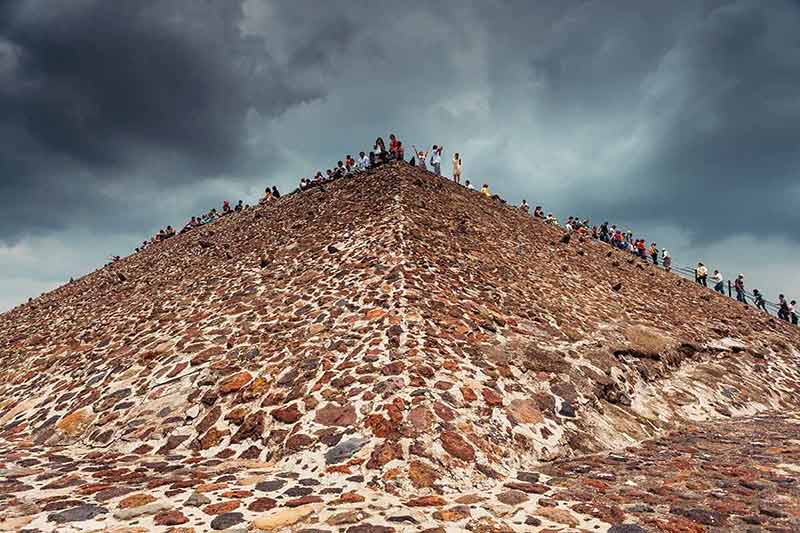
The Aztecs were the dominant culture in central Mexico from around 1300 until the arrival of the Spanish in the early 16th century.
The Empire had three city-states of which Tenochtitlan was the most prominent yet it fell to the Spanish despite being a prosperous trading city, and one that had been successful in battle up until then.
Mexico City is built on the ruins of Tenochtitlan and its archaeology includes the Templo Mayor in Mexico City.
The fall of the Aztecs had as much to do with disease, especially smallpox, as the strength of the colonialists.
Their legacy includes the archaeological sites as well as artifacts, language and symbols that nationalists use to this day, especially the eagle eating a snake on the Mexican flag.
3- Spanish Influences
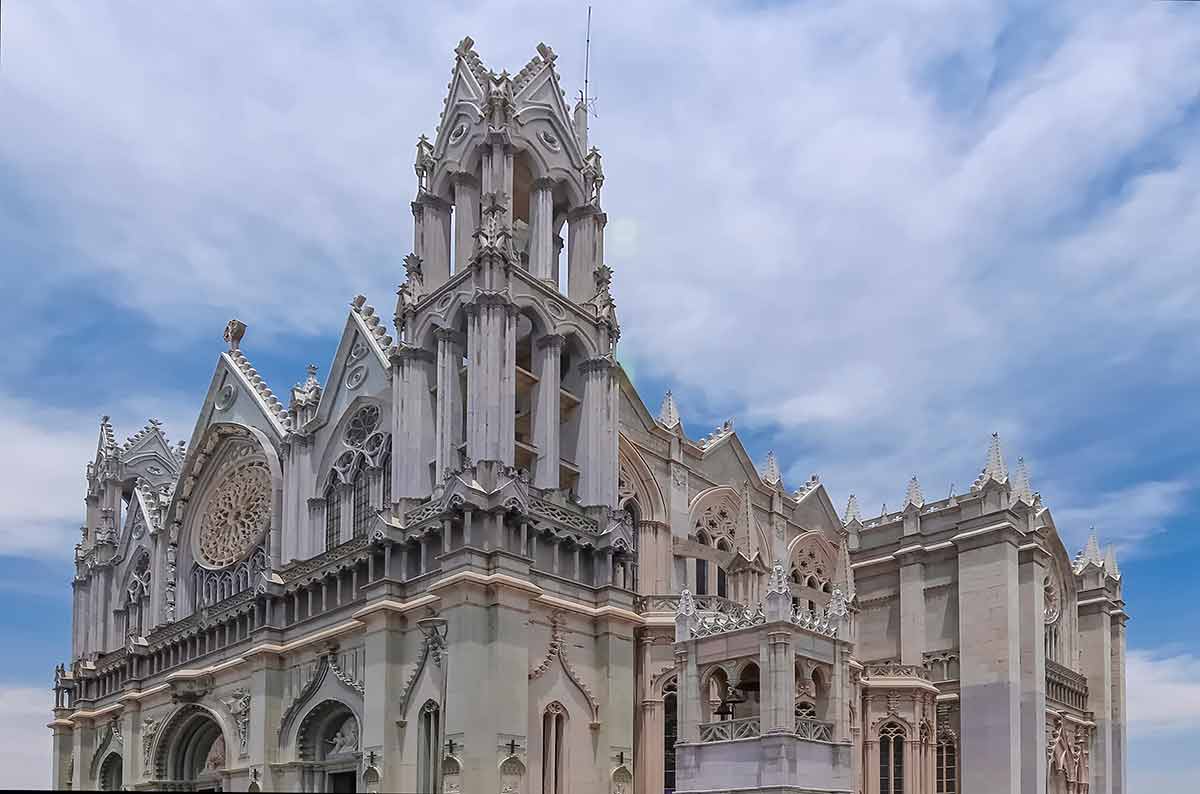
A former colonial master, Spain, and a close neighbour, the USA, have had a massive influence on modern-day Mexico.
Some influences are very positive, others not so.
Spain gave Mexico its language and Catholicism yet it took away resources such as gold and silver while introducing new diseases which created havoc among the natives.
They brought cattle, horses and sheep and had quite an influence on local cuisine.
The reasons include the fact that domesticated animals led to butter and cheese as well as meat itself.
They also brought herbs, spices, rice and olive oil from faraway places.
The USA has brought investment and aid over a prolonged period.
4- Indigenous Tribes
While the Mayan and the Aztecs are the two most famous peoples that have lived in Mexico, they are not alone.
The Mayan were largely in the Yucatan Peninsula in the east and the Aztecs inhabited central Mexico, Mexico is a huge country.
The Nahua, Mixtec, Otomi, Purepucha, Totonac and Raramuri are just some of the “tribes” of Mexico.
There are an enormous number of ethnic groups which have been absorbed within Mexico with some 15 million identified purely as indigenous and speaking their own languages.
Some have reached prominent positions in society including a former President, Benito Juarez who identified as Zapotec.
5- Catholicism

The arrival of the Spanish meant the introduction of Christianity, essentially Catholicism.
Almost 80% of the national population is catholic with a further 10% protestant.
There are a number of small groups such as Jehovah’s Witnesses, Mormons and Jews.
Religious tolerance is a feature of Mexican culture and there is no official national languages as such.
Religious tolerance was not always in place with religion and politics often linked in the early days of independence.
There are several festivals in Mexico, often religious -based, with Semana Santa one lasting two weeks between Palm Sunday and Easter celebrated in every town and city in the country.
For more adventures in Mexico, read:
- 20 Things To Do In Tijuana
- 20 Things To Do In Merida
- 20 Things To Do In Ensenada
- 20 Tulum Day Trips
- Where To Stay In Tulum
- 20 Amazing Tulum Resorts
- 20 National Parks In Mexico
- 20 Day Trips From Mexico City
- 20 Day Trips From Cancun
- 20 Things To Do In Cancun With Kids
- 20 Things To Do In Mexico City At Night
- 20 Things To Do In La Paz
- 20 Things To Do In Monterrey Mexico
- 20 Things To Do In Acapulco
- 20 Things To Do In Chihuahua
- 20 Things To Do In Puerto Vallarta
- 20 Things To Do In Oaxaca
- 32 States In Mexico
- 20 Cities In Mexico
- 20 Islands In Mexico
- Where To Stay In Mexico City
- Everything You Need To Know About Lucha Libre (Mexican Wrestling)
- 15 Things Mexico Is Famous For
- 20 Overwater Bungalows and Beachfront Villas In Mexico
- 20 Famous Landmarks in Mexico
- 20 Best Beaches in Mexico
- 20 Ways To Spend Christmas in Mexico
- 10 Things To Do In Baja California
- The Wonder of Chichen Itza
- When Is The Best Time To Visit Mexico?
- A Guide To Las Grutas De Tolantongo
- A Guide To Valle De Bravo
- 20 Best Cenotes In Mexico
- 20 Interesting Mexican Traditions
- 20 Mayan Ruins In Mexico
- 20 Things To Do In Veracruz
- 25 Things To Do In Guadalajara
- 20 Mexican Cocktails and Drinks
- 20 Things To Do In Mazatlan
- 20 Things To Do In Cancun
- 20 Things To Do In Los Cabos
- 20 Things To Do In Nayarit
- 20 Things To Do In San Luis Potosi
- 20 Things To Do In Baja California Sur
- 20 Things To Do In Hidalgo
- 20 Things To Do In Guanajuato City
- 20 Things To Do In Zacatecas, Mexico
- 20 Things To Do In Huatalco, Mexico
- 20 Things To Do In Bacalar, Mexico
6- Mexico City
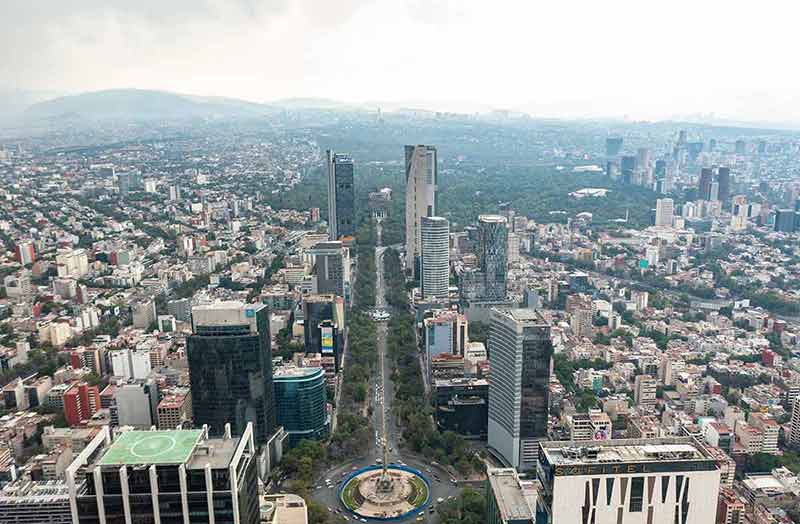
Mexico City is a huge city whose origins date back to one of the Aztecs’ major cities.
Its historical landmarks are just one of the reasons to visit; the local cuisine is wonderful.
When it comes to landmarks, there are some things that every visitor must see.
The Ángel de la Independencia monument is in one of the city’s main avenues, Paseo de la Reforma.
Zócalo Is an empty plaza but there is something on every side, museums, government buildings and galleries.
This is the very heart of the historic quarter.
Castillo Chapultepec on a hilltop in Bosque de Chapultepec was formerly the home of the Emperor of Mexico, Maximilian I.
Today it is the Museo Nacional de Historia.
The Basílica de Santa María de Guadalupe remembers the legend of the appearance of the Virgin de Guadalupe in the 16th century.
Catedral Metropolitana is the largest cathedral in the Americas and oldest in Latin America.
Stones from an ancient Aztec temple were used in its construction which took three centuries to complete.
Recommended tours:
- Hot Air Balloon Flight over Teotihuacan, from Mexico City
- Xochimilco, Coyoacán and Frida Kahlo Museum Tour
7- The Yucatan Peninsula
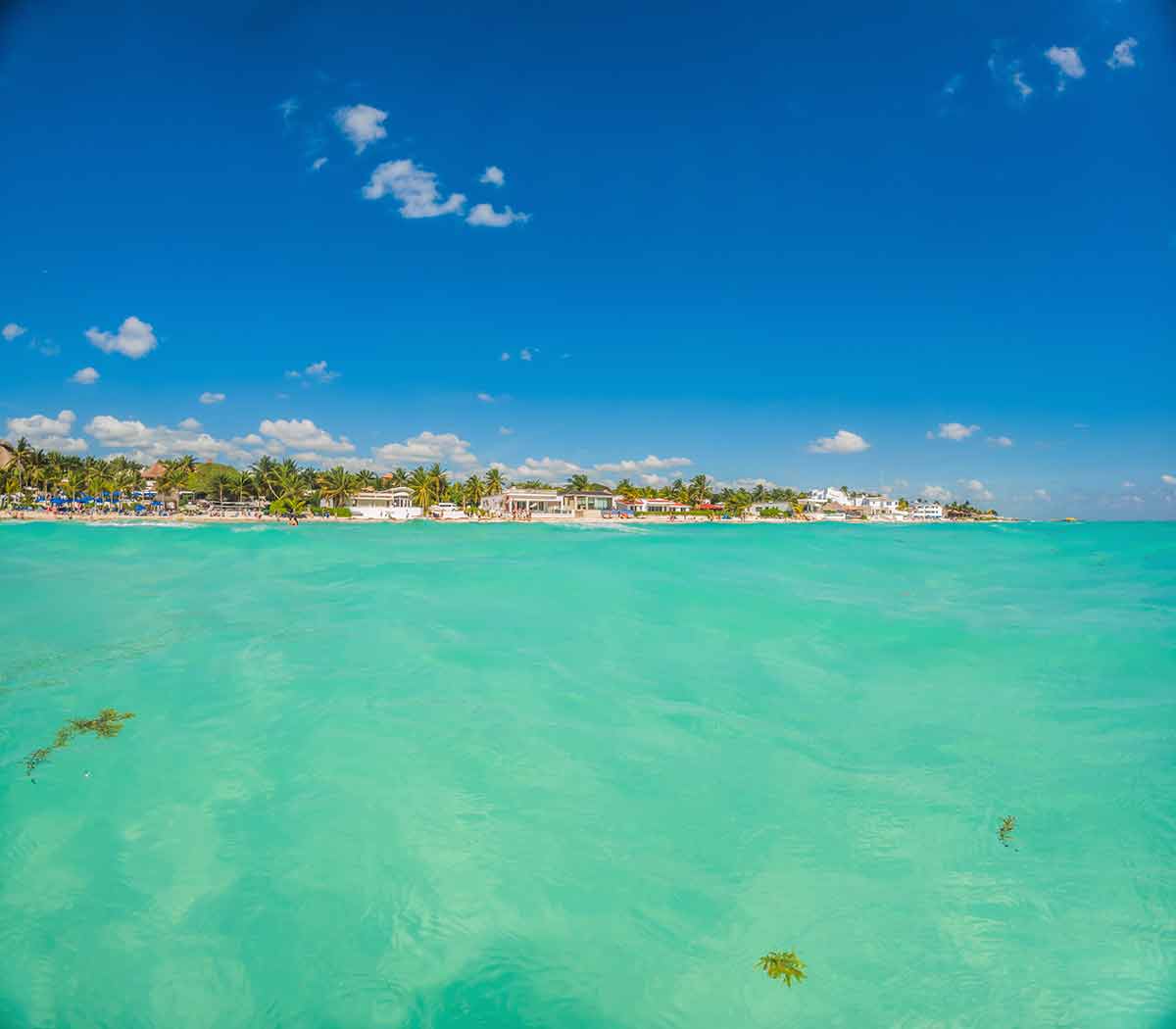
Little more than 30 years ago, Cancun was little more than a small coastal town on the Yucatan Peninsula with a very basic airport.
Move ahead to today and the coast heading south from Cancun is filled with modern hotels.
The warm waters and sandy beaches have always been there and now the world knows all about them.
The offshore island, Cozumel, has become equally popular with tourists seeking sun, lovely seas and an infrastructure to satisfy their needs.
Flight times from the USA are such that the Yucatan, an area once occupied by the Mayans, is easily accessible.
Evidence of the Mayan presence is still there, typically at Tulum and visitors can explore if they are tired of the beach.
There are several water sports available and snorkelling in the clear waters will reveal a range of marine life.
Quality hotels, beach clubs and lovely cuisine add to the pleasures of a holiday facing east to the Gulf of Mexico and the Caribbean.
Recommended tour:
8- Acapulco
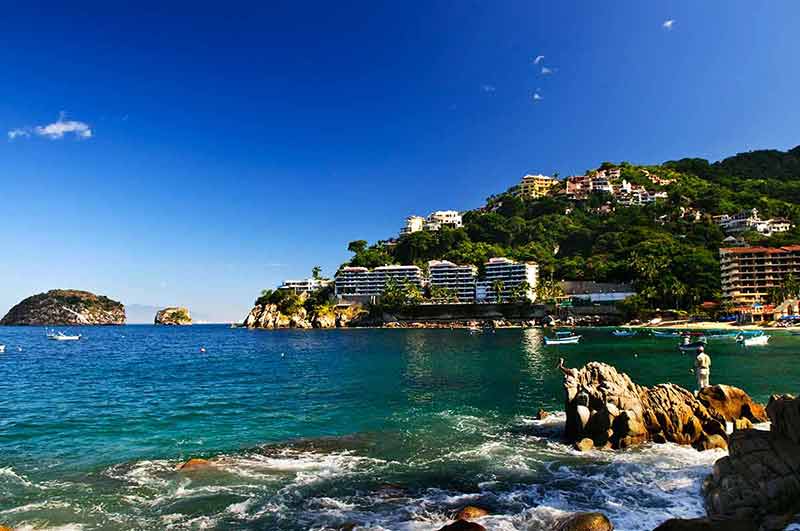
Resorts like Acapulco on the Pacific Coast of Mexico have been popular with North Americans for decades.
The Mexican Riviera starts further north at Puerto Vallarta.
This coastline’s water is cooler than that in the east but for surfers, with larger waves, this is heaven.
Acapulco remains the largest beach resort in Mexico but there is plenty of choice for those willing to do some research.
If you are looking for a traditional “feel” then you are likely to prefer Puerto Vallarta.
It became a celebrity hotspot around 60 years ago when Elizabeth Taylor moved there with her future husband, Richard Burton.
“The Night of the Iguana” starring Burton used what was then just a small fishing town as its main location in 1963.
More than 40 million cross the border annually from the USA to Mexico and there they will find the city of Tijuana.
Rosarito nearby is famous for its sandy beaches.
9- Spicy Cuisine
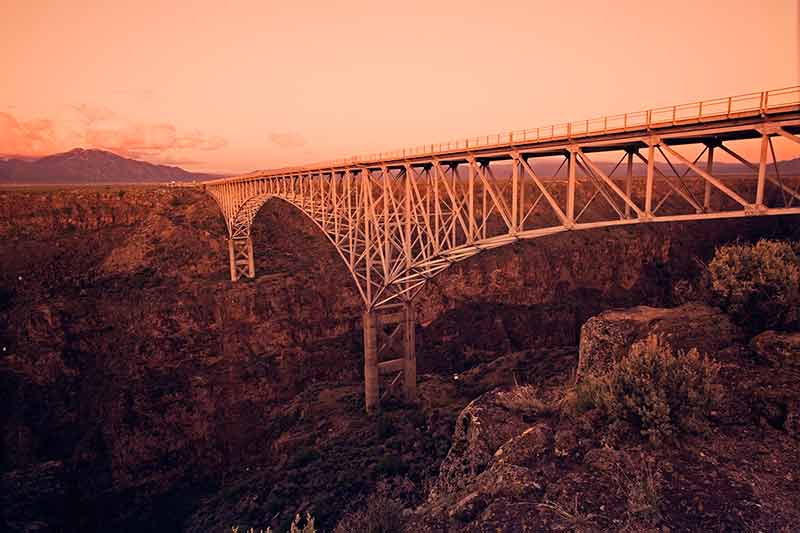
The roots of Mexican cuisine even predate the Aztecs.
Agricultural communities back then grew maize and that remains important in national cuisine.
Common ingredients these days include beans, avocadoes, tomatoes and sweet potatoes.
Cactus, vanilla and chili peppers are all locally produced.
The arrival of the Spanish added to the ingredients that were available with the availability of the meat of domesticated animals adding so much.
Cheese and butter became available as well as olive oil, rice and newly-introduced fruit and vegetables.
African slaves brought different ideas around that time as well.
Tacos, tamales, burritos, quesadilla and enchiladas are all things that you can expect to see on menus in Mexico as well as being available now in other parts of the world.
Such is the importance of the cuisine to national culture that UNESCO added it to its Intangible Cultural Heritage of Humanity List.
Recommended tour: Journey Through La Merced
10- Chocolate And Vanilla
There are many food items that people take for granted in daily life, often without knowing their origins.
Two things stand out as Mexican originals, chocolate and vanilla.
Chocolate was made in what is now Mexico by indigenous tribes back in the centuries BC, probably 4,000 years ago.
The first cacao plants grew here and the Olmec civilisation made chocolate which they drank in liquid form and used as a medicine.
The drink was bitter and some today prefer bitter chocolate to the sweeter versions.
Vanilla is a form of climbing orchid.
The vanilla beans are unripe fruit and while vanilla is now produced elsewhere in the world, the original species of vanilla is certainly Mexican.
The Aztecs used vanilla to flavour their most popular drink, xocoatl while the Spanish also drank it, and sent it back to Europe.
11- Tequila
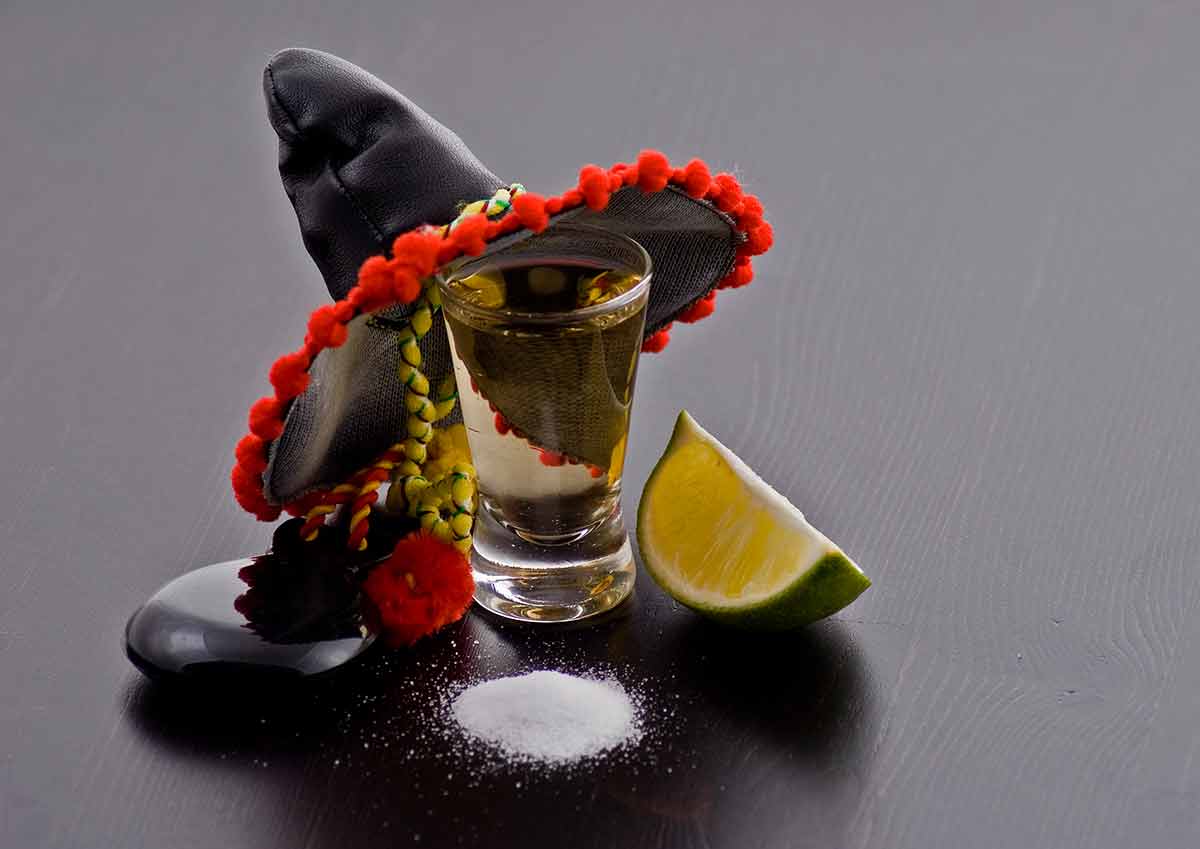
This distilled spirit is made from the blue agave plant and takes its name from the city where it is most abundant.
Tequila lies north west of Guadalajara in the central west of Mexico.
It is the red volcanic soil in that region that makes the plant easy to grow.
Annually, as many as 300 million such plants are harvested for distillation.
While the plants do grow in the Los Altos highlands as well, it is the Tequila region that is the UNESCO World Heritage Site.
Mexican law insists that this spirit must only be produced in defined regions and other countries such as the USA and Canada accept the authenticity of Mexican tequila as a result.
Further afield, the EU, Israel and Japan are likewise agreed on the status of true tequila.
Locally, tequila is usually drunk neat with salt and lime commonly used around the world.
Tequila existed in the times of the Spanish and Philip II even banned more planting as he feared the decline of the wine trade.
Find out more at the Tequila and Mezcal Museum where you can also taste tequila.
12- Artistic Traditions
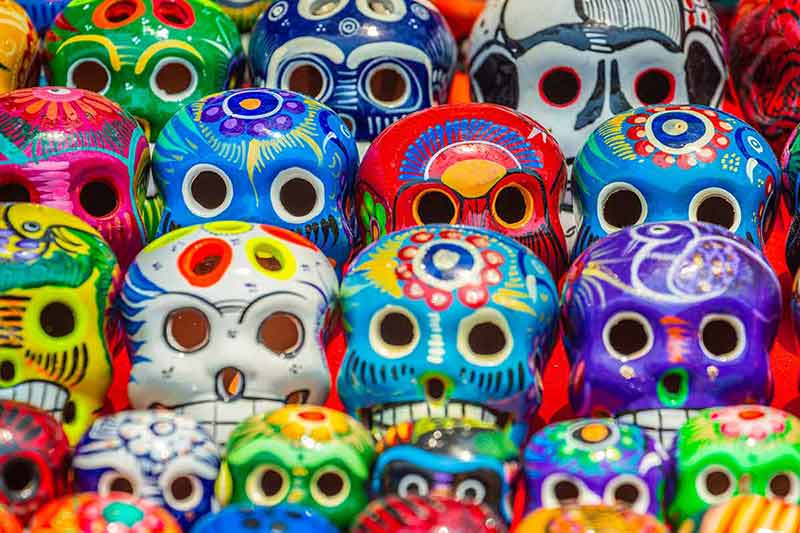
The arts and crafts of Mexico, known as artesania, is a mix of indigenous and European.
Bright colours are a feature of everything you will see.
That is the case for both paintings and jewellery with themes often representing the country’s flora and fauna, especially birds.
The flag of Mexico includes an eagle, using a symbol dating back to the Aztec Empire.
Other themes talk of the history and traditions of the country with stories of the Mayans among them.
Pottery is an important art form in Mexico with glazing, introduced by the Spanish often featuring.
Carved gourds are regularly used in coastal states where the calabash grow.
You will find numerous carvings as well as street art as you travel around Mexico.
Street murals were first painted on buildings as an effort to unify the country after the Mexican Revolution in the decade from 1910 during which over 1 million people died, including Zapata, one of its most famous leaders.
13- Mariachi Music
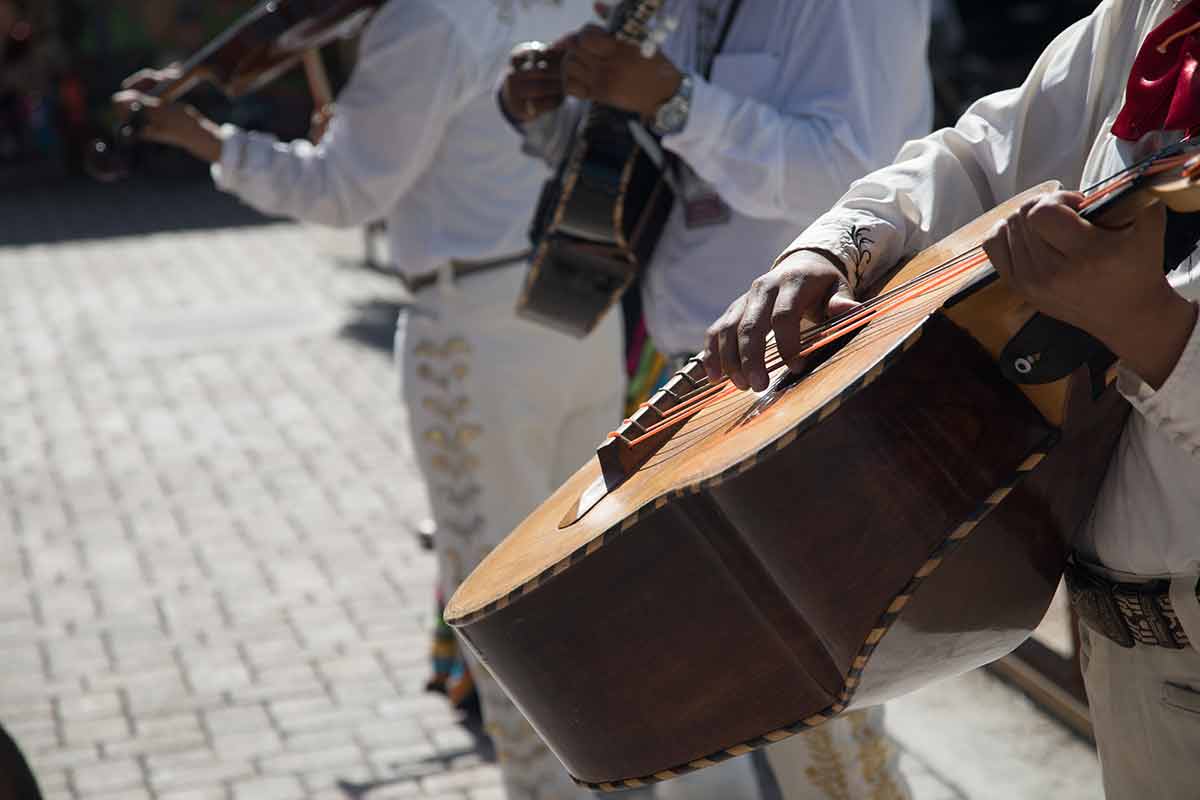
Music is hugely important in Mexican daily life.
There is huge variety which may not come as a surprise given the number of foreign influences on Mexico as well as the styles of the different regions over the centuries.
Europeans and Africans both introduced their styles initially but Middle East and Asian peoples have also made an impact.
Indigenous music and dance used flutes, drums and rattles and each still features today.
Festivals throughout the country always involve music and dance.
Themes are religious, requests for a good harvest, fishing or just good luck.
While traditional music is folk-based, rock and pop music features strongly with plenty of the world’s top stars popular in the cities, especially the capital.
Music is lively and loud with one of the country’s most famous songs being “La Cucaracha” which predates the Mexican Revolution.
It is the story of a cockroach that couldn’t walk!
Recommended show: Mariachi Night in Garibaldi and Dinner at Bellini
14- Soccer
Mexico has a long tradition of playing and watching soccer. Mexico has competed in 17 World Cups, including every one since 1994.
Indeed, Mexico played the first match of the first World Cup against France back in 1930 in Uruguay.
On the two occasions when Mexico hosted the World Cup, 1970 and 1986, the national side reached the Quarter Finals.
In 2012, Mexico won the gold medal at the London Olympics beating Brazil in the final.
Previously after drawing the first game with South Korea, Mexico won its other two league games and two knockout games.
At club level, Mexico’s top division, Club America is the most successful side with Guadalajara Cruz Azul and Pumas UNAM the most successful.
Three are based in Mexico City.
Each have also won the CONCACAF Champions League, Club America 7 times and Cruz Azul 6.
Recommended: Football Soccer Matchday Experience in México City
15- Selma Hayek
You might be more familiar with Selma Hayek, the Hollywoord actress who (among other credits) was the first Mexican actress to be nominated for Best Actress in the Academy Awards.
She portrayed famous Mexican activist Frida Kahlo in the 2002 film “Frida”, which most people might know more about that the raft of famous people in Mexico’s past, some heroes but others better described as villains.
One hero was Benito Juarez who was born in Oaxaca in 1806 and was president of Mexico from 1861 until his death in 1872.
He fought against Emperor Maximilian and foreign occupation for some of his years in office.
A hero to peasant Mexicans was Zapata, in full Emiliano Zapata Salazar who fought against injustice against the authorities but he as killed in an ambush in 1919.
Four years later, Pancho Villa who fought for the same cause was killed.
Zapata and Villa are both Mexicans whose lives have been featured in film.
But what of the villains?
Hernan Cortes (1485 – 1547) was in fact Spanish and after independence, there were calls to destroy his bones, such was the local hatred for him.
Santa Anna (1794 – 1876) was also a figure of hate because as President, he was responsible for the loss of significant lands, much of what is now SW USA.
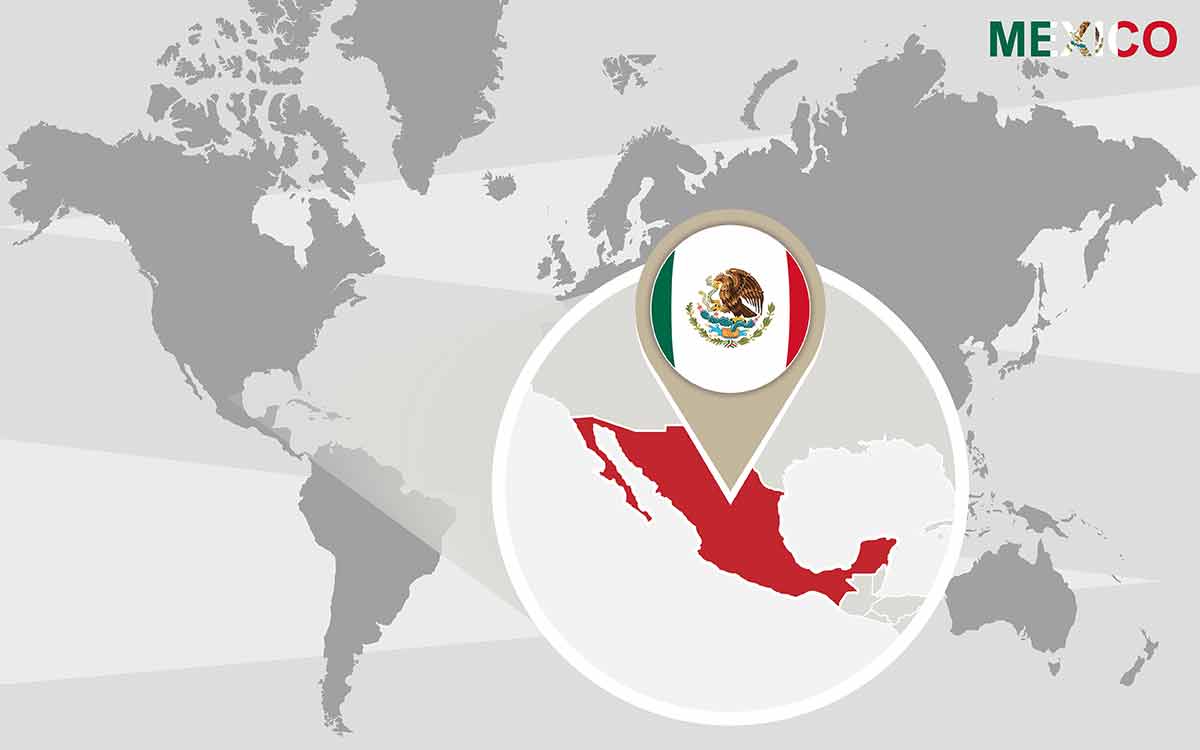
You may also be interested in:
- What is Turkey known for?
- What is Portugal known for?
- What is Greece known for?
- What is France known for?
- What is Belgium known for?
- What is Switzerland known for?
- What is Poland known for?
- What is Australia known for?
- What is Mexico known for?
- What is Germany known for?
- What is Croatia known for?
- What is Hungary known for?
- What Is Romania known for?
- What is The Netherlands known for?
- What is Scotland known for?
- What is Canada known for?
- What is Japan known for?
- What is China known for?
- What is Singapore known for?
- What is Vietnam known for?
- What is Thailand known for?
- What is Cuba known for?
- What is Argentina known for?
- What is Colombia known for?
- What is Spain known for?
- What is Italy known for?
- What is Ireland known for?
- What is Oregon known for?
- What is Colorado known for?
- What is Tennessee known for?
- What is Hawaii known for?
- What is Alabama known for?
- What is Illinois known for?
- What is Mississippi known for?
- What is Nevada known for?
- What is Maine known for?
- What is Idaho known for?
- What is Delaware known for?
- What is Maryland known for?
- What is Wisconsin known for?
- What is Miami known for?
- What is Virginia known for?
- What is West Virginia known for?
- What is Massachusetts known for?
- What is Boston known for?
- What is Florida known for?
- What is Kentucky known for?
- What is Indiana known for?
- What is Montana known for?
- What is Nebraska known for?
- What is Pennsylvania known for?
- What is Vermont known for?
- What is Arizona known for?
- What is California known for?
- What is South Carolina known for?
- What is North Carolina known for?
- What is Texas known for?
- What is Michigan known for?
- What is Ohio known for?
- What is Louisiana known for?
- What is Oklahoma known for?
- What is New York known for?
- What is Georgia known for?
- What is Utah known for?
- What is Connecticut known for?
- What is Rhode Island known for?
- What is Iowa known for?
- What Is Minnesota known for?
- What is New Hampshire known for?
- What is Arkansas known for?
- What is New Jersey known for?
- What is Missouri known for?
- What is North Dakota known for?
- What is South Dakota known for?
- What is Wyoming known for?
- What is Alaska known for?
- What is Washington known for?
- What is Seattle known for?
- What is New Mexico known for?
- What is Kansas known for?
- What is San Francisco known for?
- What is Chicago known for?
- What is Denmark known for?
- What is Norway known for?
- What is Sweden known for?
Plan Your Trip

Rent A Car – Find the best car rental rates at Discover Cars. They compare car hire companies to provide you with the best deal right now.

Find A Hotel – If you’re curious about this article and are looking for somewhere to stay, take a look at these amazing hotels.
